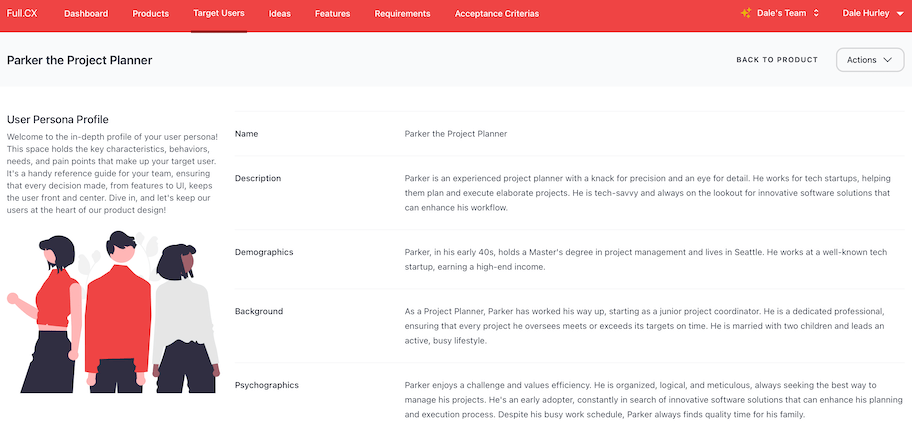Embarking on a new product development venture is an exhilarating journey that brims with the promise of innovation and market disruption. However, history is littered with tales of promising products that failed to reach their potential due, in part, to avoidable mistakes along the development path. To steer your product clear of these pitfalls, it is essential to be vigilant and informed about common missteps. Herein lies a blueprint to help you navigate the treacherous waters of product development.
First, diving headfirst into development without adequate research can be likened to setting sail without a compass. Market research is your North Star, guiding you to understand customer needs, market size, and competitive landscape. Skipping this crucial step can lead you to create a product for a problem that doesn't exist or one that's already being solved adequately. Deep dive into your customer's pain points, utilizing surveys, focus groups, and competitor analysis to craft a product that fills a genuine gap in the market.
Moreover, overcomplicating your product can be your Achilles' heel. In the enthusiasm to innovate, there's a temptation to add numerous features, often leading to a complex product that confuses customers. This 'feature creep' phenomenon can dilute your product’s core value proposition. Embrace the philosophy of minimal viable product (MVP); distill your product down to the basic features that solve the core problem. This approach not only streamlines development but encourages user feedback for future enhancements.
Another glaring mistake is neglecting the design and user experience (UX). A product shouldn't just work effectively; it should feel intuitive and delighful to the user. Underestimating the design aspect can lead to a product that is functional yet frustrating to use. Collaborate with designers to create a user-centric design that is appealing and accessible. Remember, in the digital age, a user's first impression often hinges on design.
It’s also critical to avoid underestimating the resources and time required for effective product development. Nothing stifles innovation like unrealistic timelines and stretched budgets. Develop a comprehensive roadmap that considers all the complexities and potential hurdles. Furthermore, securing ample funding and resources ensures that you don’t have to cut corners that could compromise the final product's quality.
Underlying all these potential missteps is the often overlooked mistake of inadequate testing. Releasing a product without thorough testing is like walking a tightrope without a safety net. This can lead to products that are riddled with bugs, degrade the user experience, or worse, lead to significant financial and reputational loss. Implement iterative testing phases, each one rectifying issues and perfecting the product before it hits the market.
Lastly, in the digital era where market dynamics shift rapidly, being inflexible about your product vision can be detrimental. The ability to pivot based on user feedback, market trends, and technological advancements is critical. Maintaining agility within your development process allows you to adapt and evolve your product to meet the ever-changing needs of users.
Entering the realm of product development demands foresight, preparation, and a commitment to understanding the consumer. Steer clear of these classic blunders by being methodical and customer-centric in your approach. By doing so, you elevate your chances of developing a product that resonates with the market, ensuring it not only survives but thrives in the competitive landscape. Remember, the most successful products are those that are developed not just with technology or trends in mind, but with a profound understanding of the human experience they are intended to enhance.
Empowering Your Product
Team for Success.
Start using Full.CX today.
Smart tools to streamline your transition from concept to concrete specifications.

